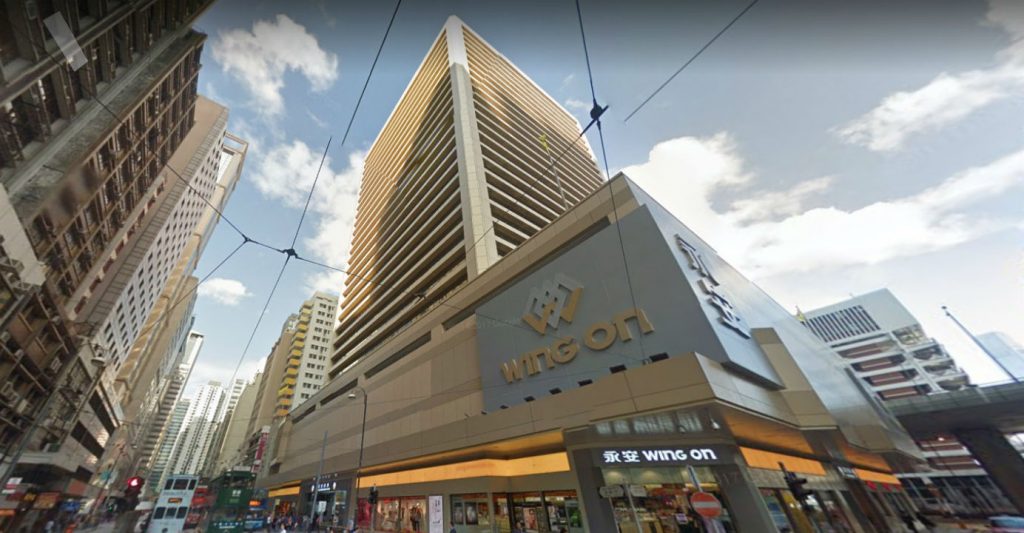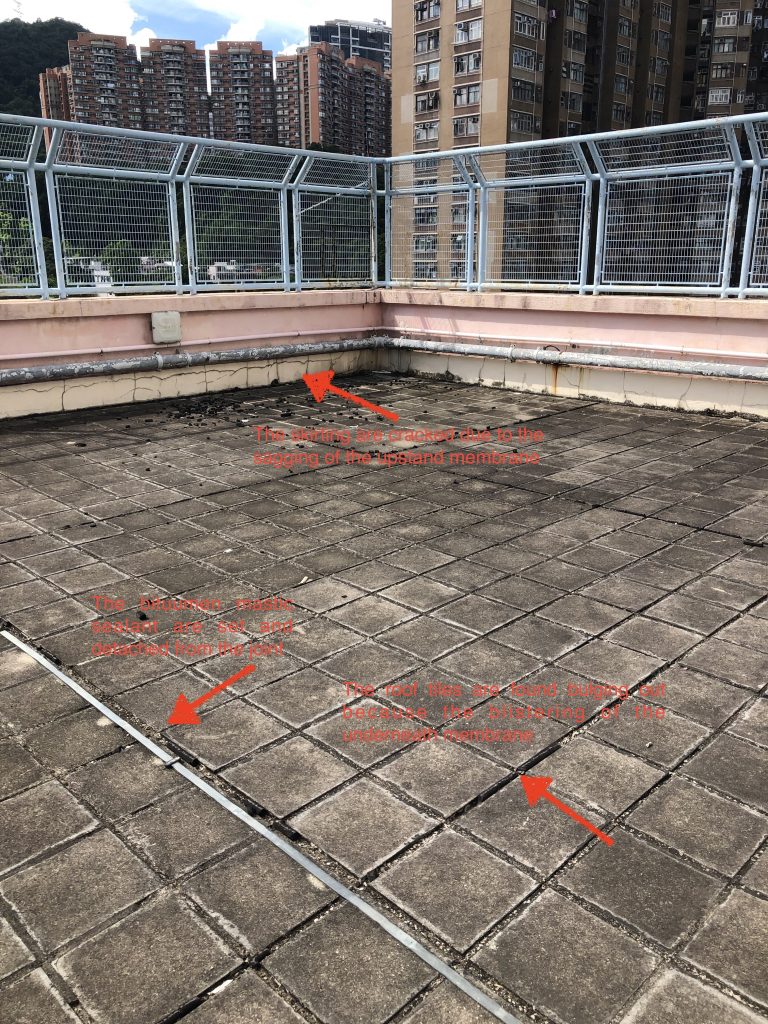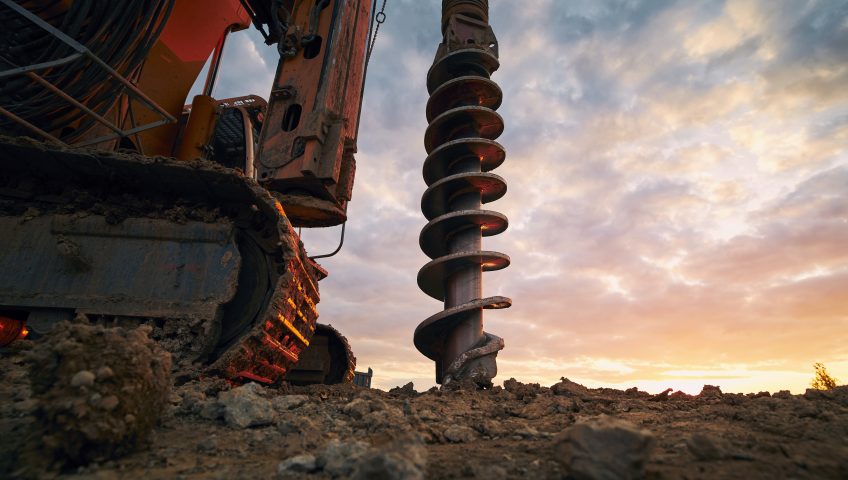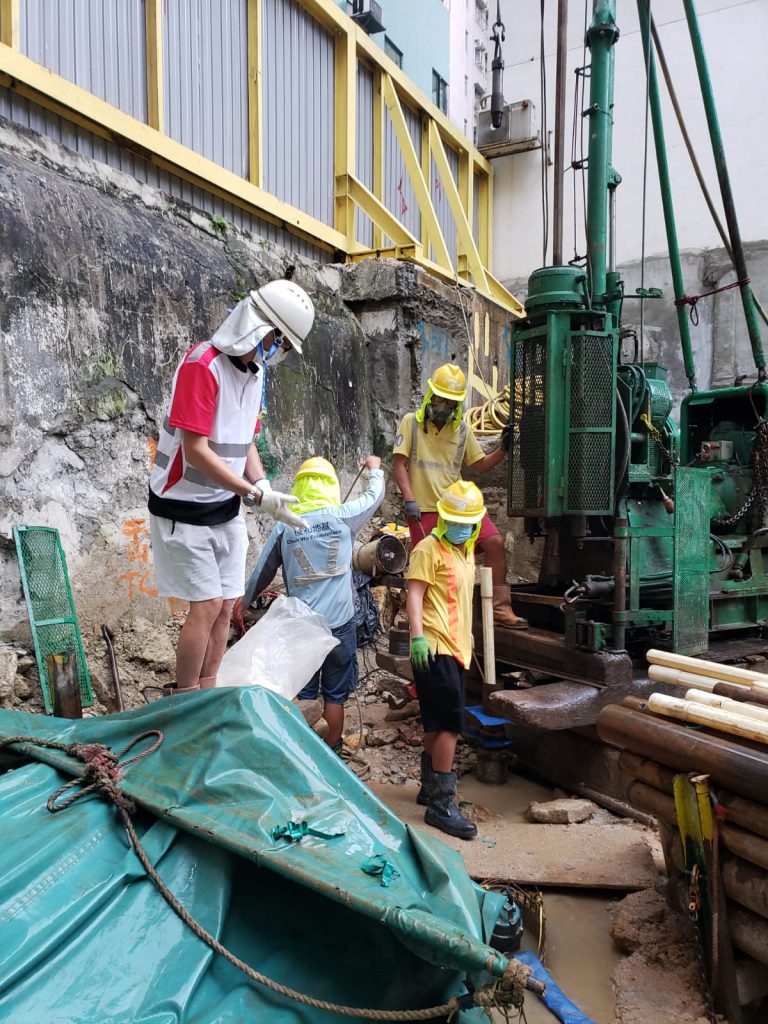From natural anodisation technique to PVF2 coating technique , the aluminium finishing coating has undergone a lot of revolutionary advancement. In recent years, there came with the discussion about “Self-cleaning” of the aluminium coating surface. This is about the coating materials which gives effect to flush its’ surface every time in raining. “Self-cleaning” is indeed a merchants’ name . The behind sciences are varying from among different manufacturer.I have conducted some comparison among some cladding’s surfaces being applied to different “treatment” allegedly claim the self-cleaning properties. In my small research , some coatings are sheet- applied on the surface of anodised aluminium cladding. Unfortunately, my research (limited online data searching) cannot conclude sheeting-applied one was made up compilable to the Section E clause 10.1 of FS code or as per the BS476 -part 4. Well, many peers have messed up the concept of BS476 – PART 6 / PART 7 which is about spread of fire to BS476 – part 4 which is non-combustibility .


There are some testing to confirm “non-combustibility”. The FS code of Hong Kong does a job to cite a reference table E1 to facilitate the conversion between BS and European standard . There are many building in Hong Kong are cladded with aluminium-panel externally , but the lack of attention is paid to its “non-combustibility” requirement. Example like “self-cleaning” sheet lining or coating or spray-paint applied materials and even the fire – ratardard which are applied on external architectural features. The add-on materials on top of the aluminium are sometimes commercially attractive in term of ease of application and its price but to the sacrifice of fire safety.

Fire accident in Grefell Tower, London
 Photo : Wing On building in Sheung Wan was reported to have cladded with non-combustible cladding. Source from ejinsight on the pulse ( http://www.ejinsight.com)
Photo : Wing On building in Sheung Wan was reported to have cladded with non-combustible cladding. Source from ejinsight on the pulse ( http://www.ejinsight.com)
In my next blog , I shall explain in details the “self-cleaning” being applied in aluminium cladding.








Recent Comments